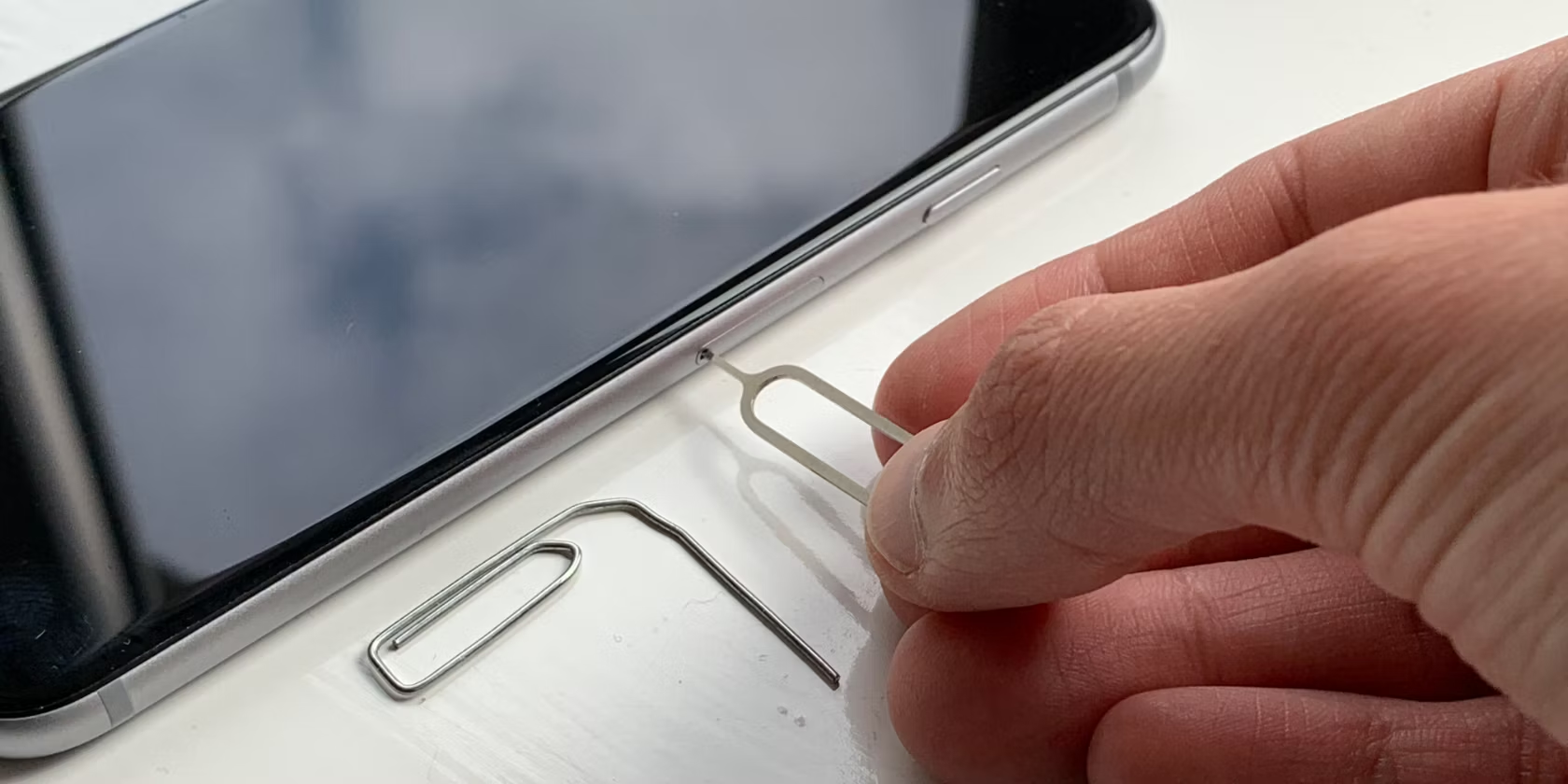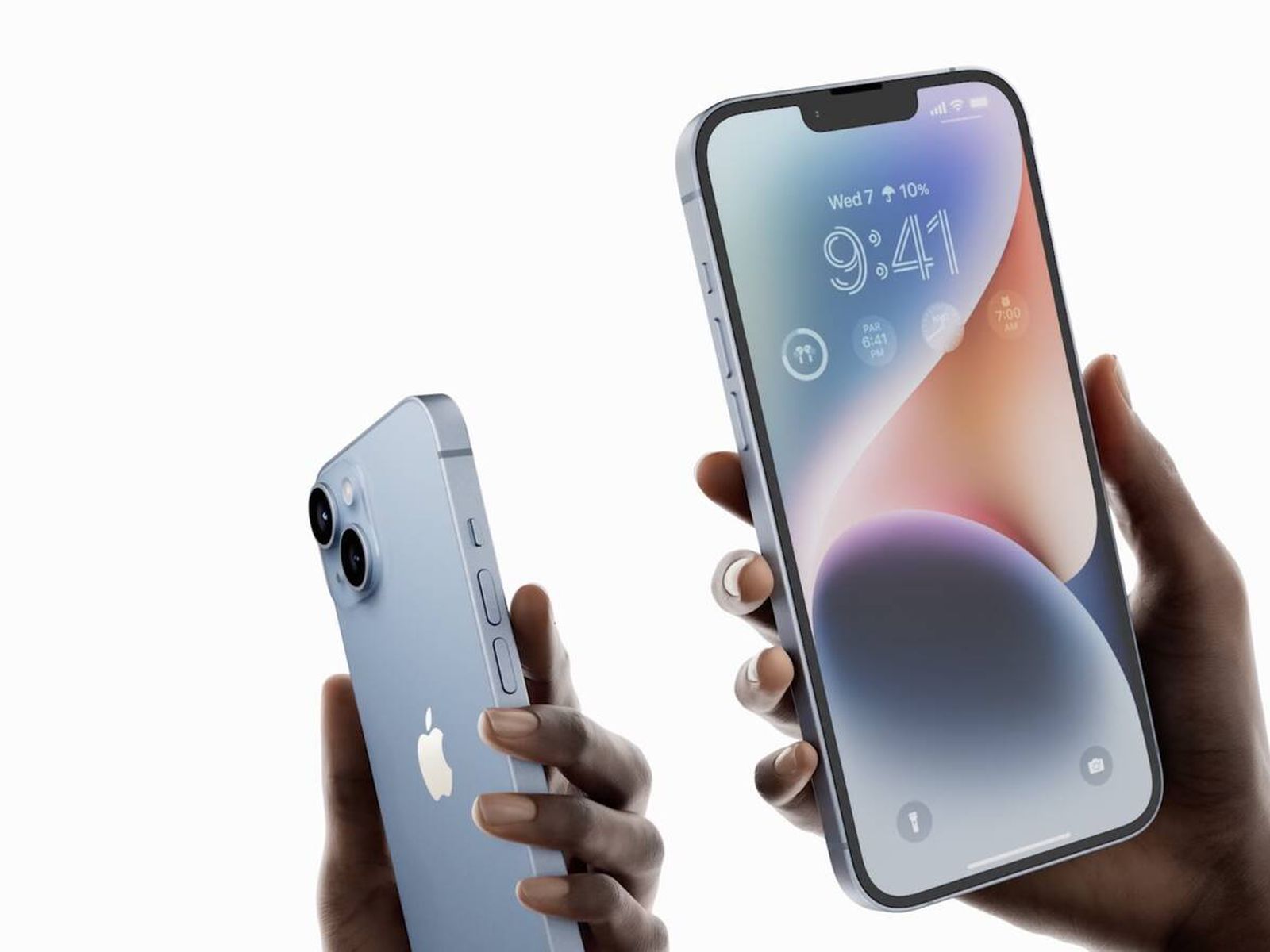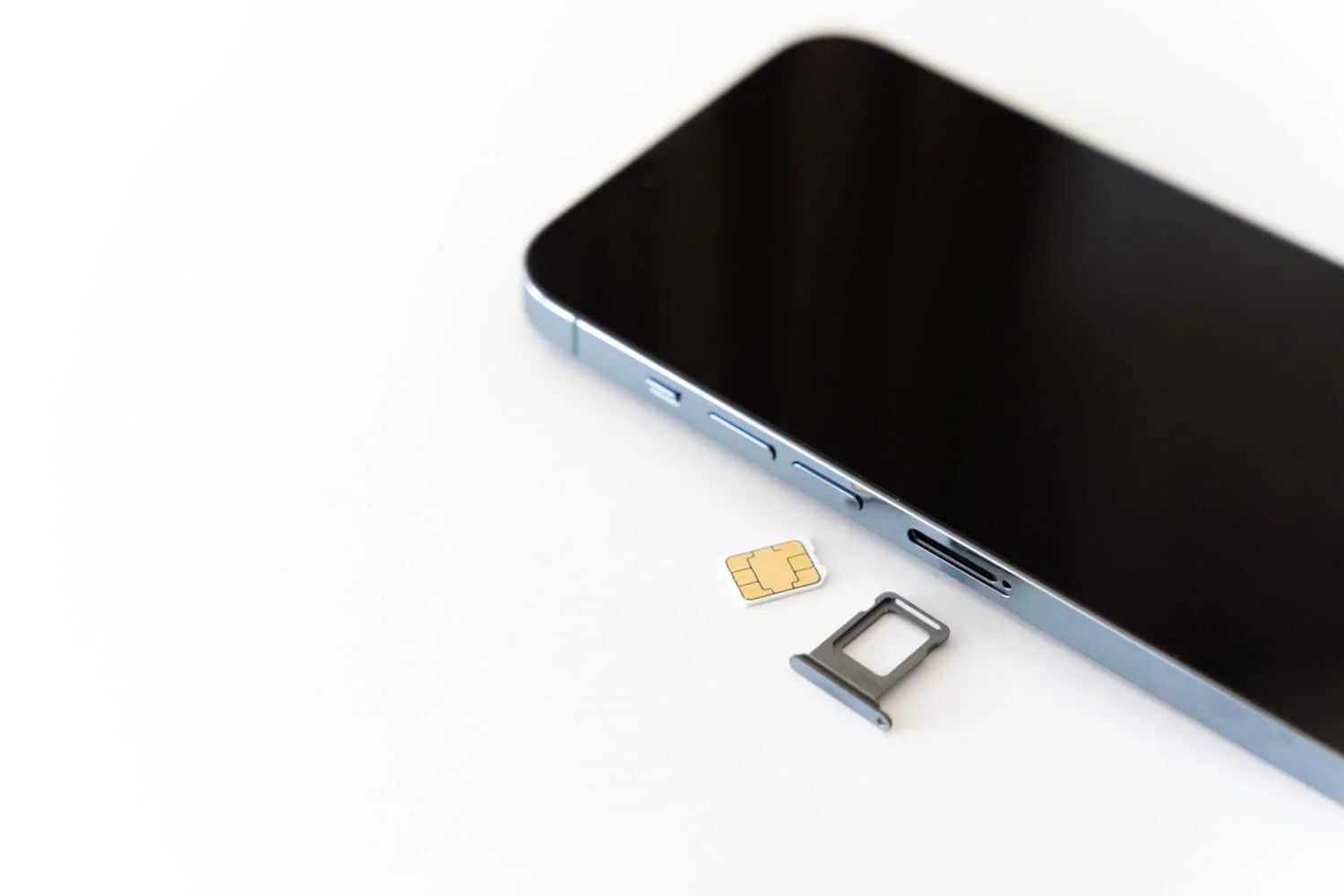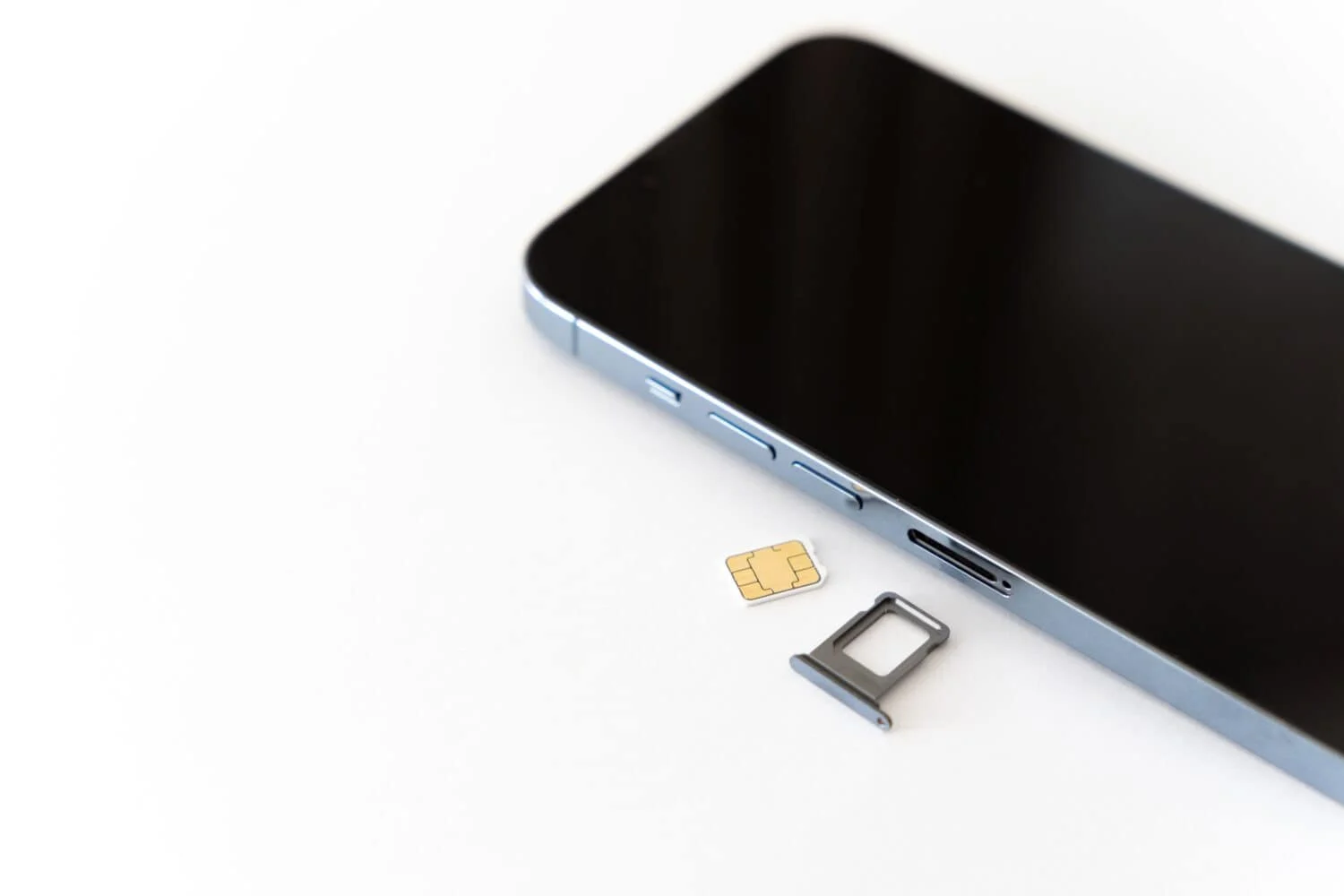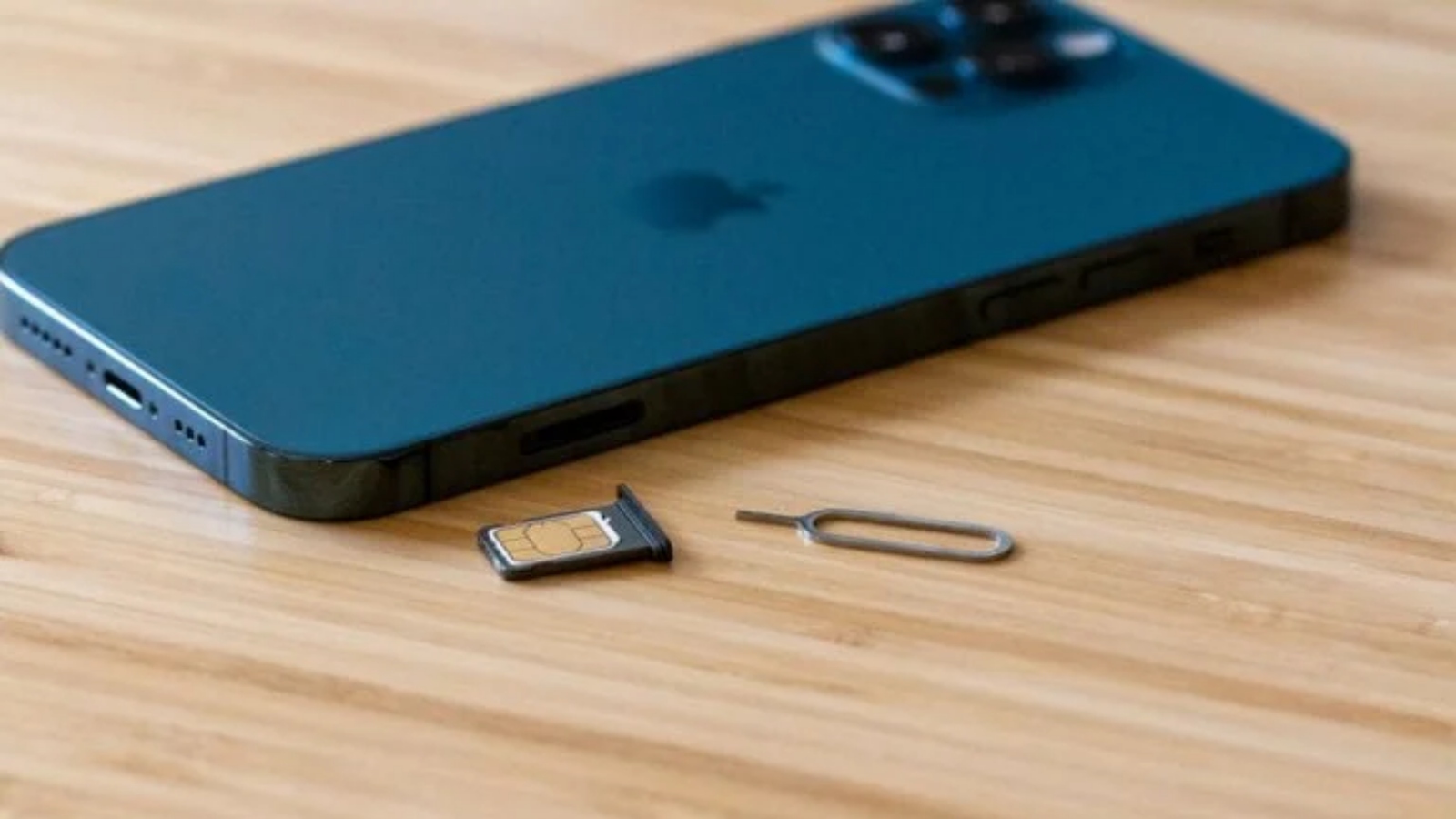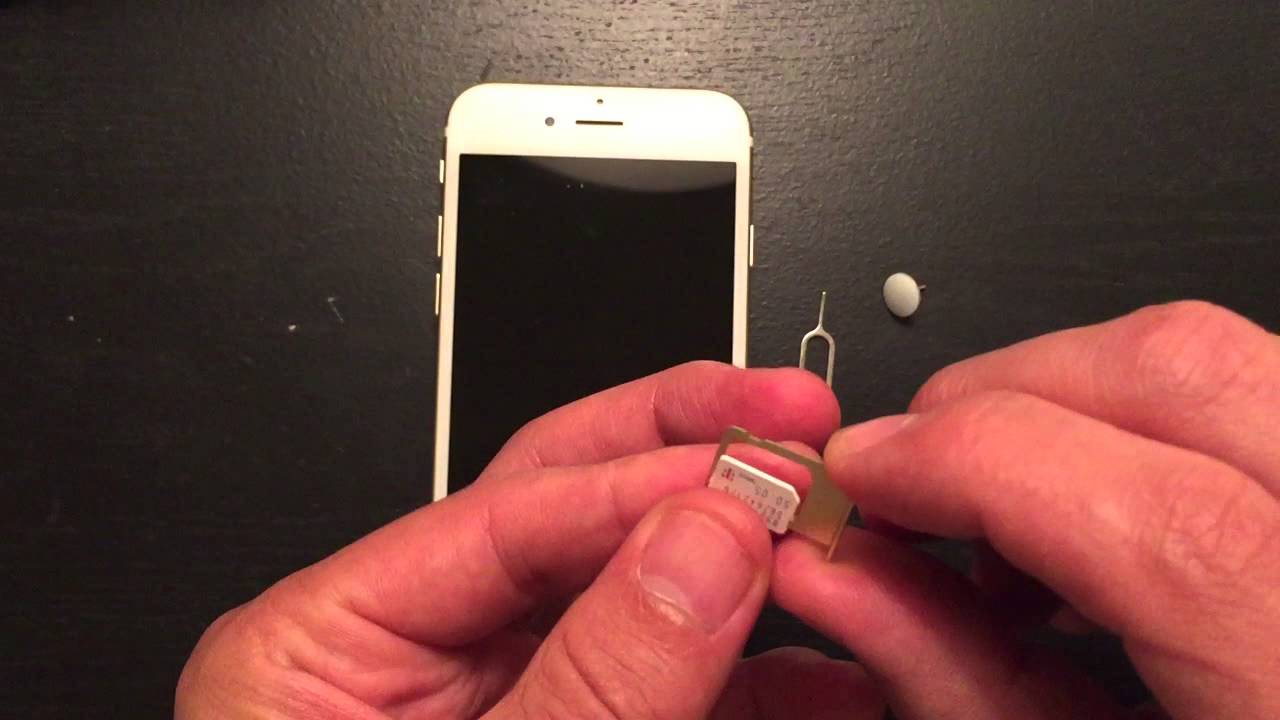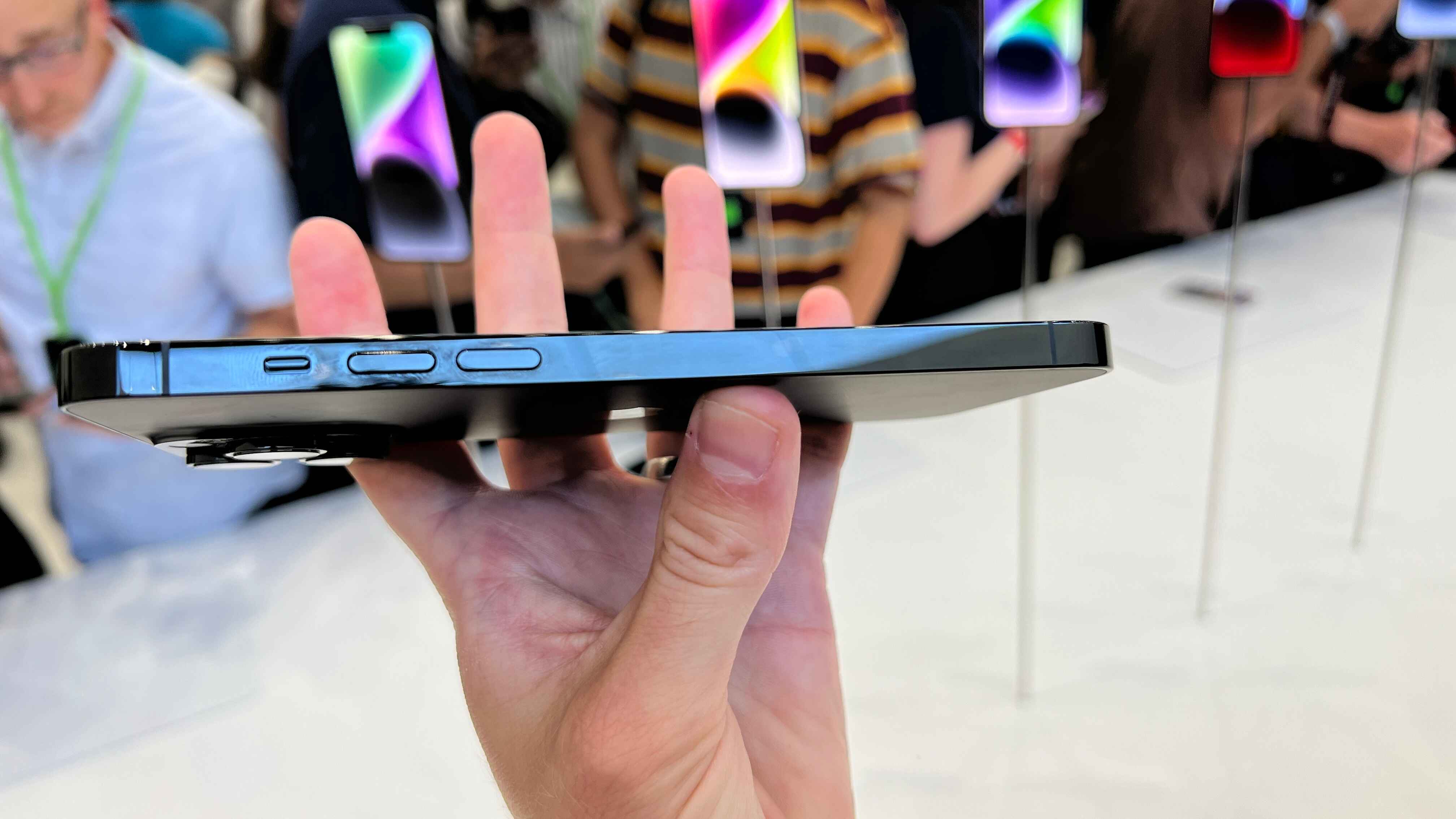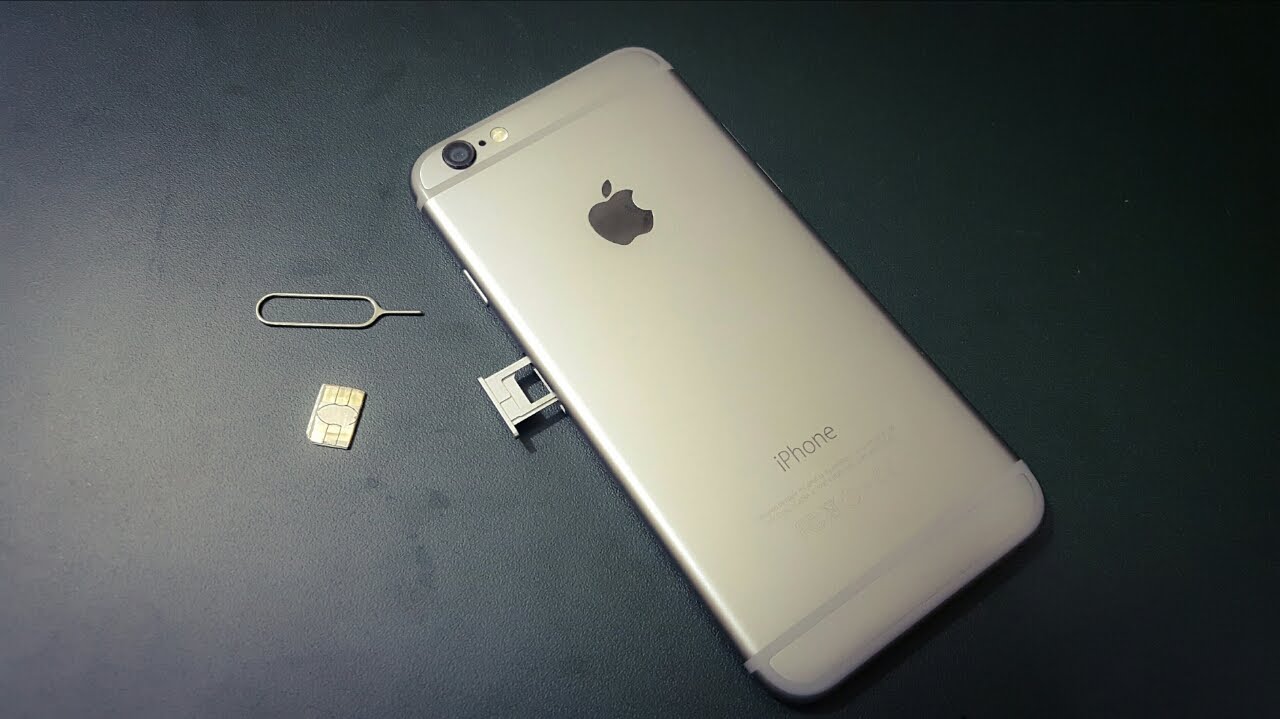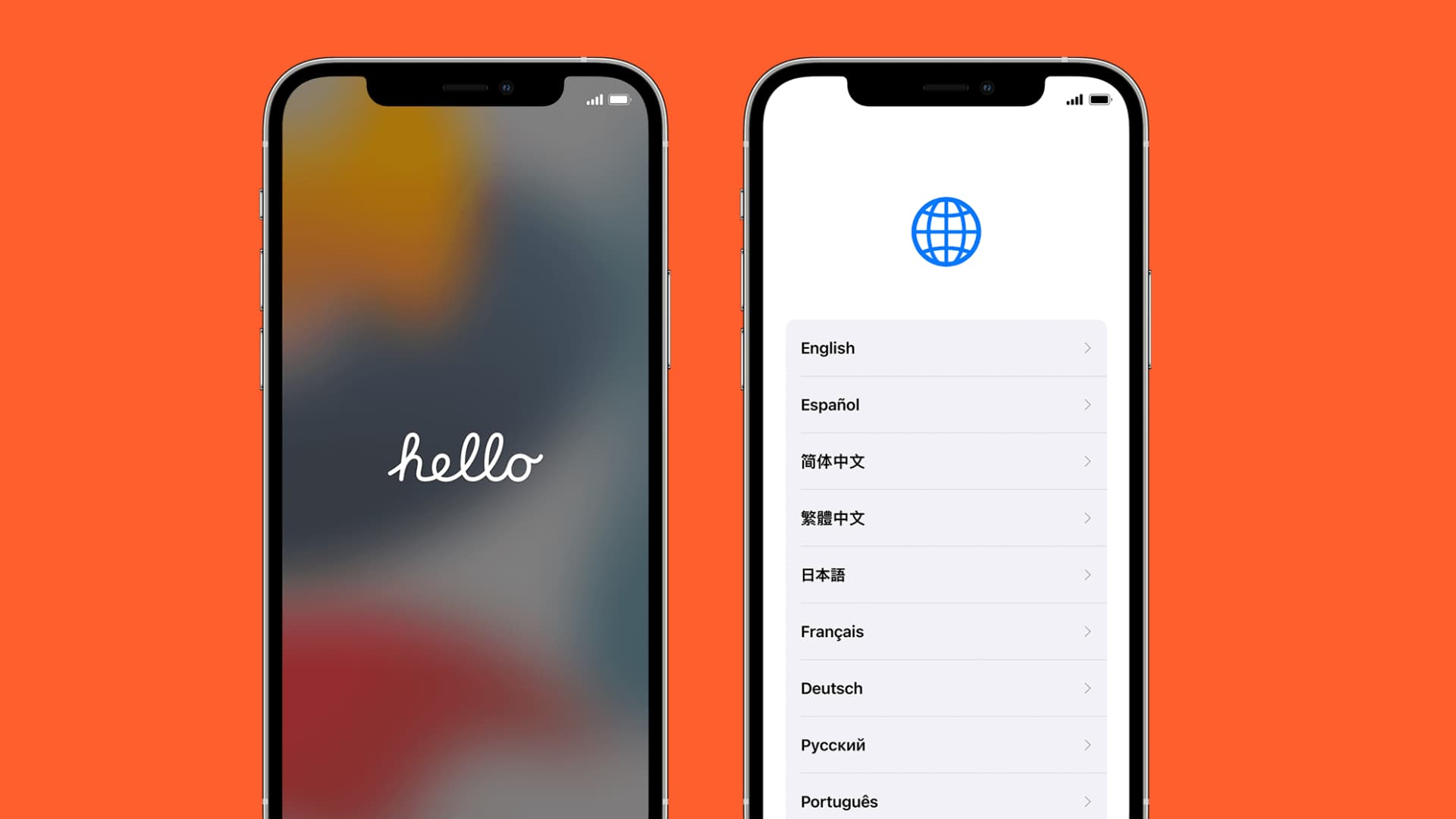Introduction
The SIM card slot is an essential component of any mobile device, including the iconic iPhone. Whether you're a new iPhone user or simply upgrading to a newer model, understanding the location of the SIM card slot is crucial for tasks such as changing carriers, traveling abroad, or troubleshooting network connectivity issues. This guide will walk you through the process of locating the SIM card slot on various iPhone models, ensuring that you can access and manage your SIM card with ease.
Understanding the nuances of different iPhone models is key, as the location of the SIM card slot can vary based on the device's design and release year. By following the steps outlined in this article, you'll gain the confidence to identify and access the SIM card slot on your specific iPhone model, empowering you to make the most of your mobile experience. Whether you're using an older iPhone model with a traditional SIM card slot or a newer model with a more streamlined design, this guide will equip you with the knowledge needed to navigate your device's hardware with ease.
Let's dive into the process of locating the SIM card slot on your iPhone, ensuring that you're prepared to manage your SIM card and stay connected wherever life takes you.
Step 1: Identifying the iPhone model
Before locating the SIM card slot on your iPhone, it's crucial to identify the specific model you're using. This step is essential because the placement of the SIM card slot can vary between different iPhone models, and knowing your model will ensure that you're looking in the right place.
To identify your iPhone model, you can follow these simple steps:
-
Check the Model Number: Start by navigating to the "Settings" app on your iPhone. From there, tap on "General," followed by "About." Here, you'll find the "Model" information, which consists of a model number starting with the letter "A." Make a note of this model number as it will help you determine the exact iPhone model you're using.
-
Use Apple's Website: If you're unable to access your iPhone's settings, you can use Apple's official website to identify your iPhone model. Simply visit the "Check Coverage" page on Apple's website, enter the serial number of your device, and you'll receive detailed information about your iPhone model.
-
Consult the Original Packaging: If you have the original packaging of your iPhone, the model information is typically printed on the box. Look for the label that includes the model number, and use this information to identify your specific iPhone model.
Once you've successfully identified your iPhone model using one of these methods, you'll be well-equipped to proceed to the next step of locating the SIM card slot. Whether you're using an iPhone 6, iPhone X, or any other model, knowing the specific model number of your device is the key to efficiently finding the SIM card slot and managing your SIM card as needed.
Step 2: Locating the SIM card slot on older iPhone models
If you are the proud owner of an older iPhone model, such as the iPhone 6 or earlier, locating the SIM card slot is a straightforward process. These older models feature a more traditional design, with a physical SIM card slot typically positioned along the device's right-hand side. To access the SIM card slot on these older models, you'll need a SIM eject tool or a small paperclip.
Here's a detailed guide to help you locate the SIM card slot on older iPhone models:
-
Gather the Necessary Tools: Before you begin, ensure that you have a SIM eject tool or a small paperclip on hand. These tools are essential for safely accessing the SIM card slot without causing any damage to your device.
-
Identify the SIM Card Slot: On older iPhone models, such as the iPhone 6, 5s, or earlier, the SIM card slot is typically located on the right-hand side of the device. Look for a small pinhole near the edge of the device, which indicates the position of the SIM card slot.
-
Insert the SIM Eject Tool: Once you've located the pinhole, gently insert the SIM eject tool or unfolded paperclip into the hole. Apply light pressure until you feel a slight resistance, indicating that the SIM card tray is being released.
-
Remove the SIM Card Tray: Carefully pull the SIM card tray out of the device using the SIM eject tool. The tray will slide out smoothly, allowing you to access the SIM card compartment.
-
Place or Replace the SIM Card: If you're inserting a new SIM card, position it securely in the designated area on the tray, ensuring that it fits snugly. For those replacing an existing SIM card, carefully remove the old card and replace it with the new one.
-
Reinsert the Tray: Once the new or existing SIM card is in place, gently slide the SIM card tray back into the device until it is flush with the outer edge.
By following these steps, you'll successfully locate and access the SIM card slot on older iPhone models, allowing you to manage your SIM card with confidence. This process is essential for tasks such as switching carriers, traveling internationally, or troubleshooting network connectivity issues on your older iPhone model. With the SIM card securely in place, you can enjoy uninterrupted access to cellular services and stay connected with ease.
Step 3: Locating the SIM card slot on newer iPhone models
As technology evolves, so does the design of mobile devices, including the iconic iPhone. Newer iPhone models, such as the iPhone X, XS, XR, and the latest iPhone 11 series, feature a more streamlined and modern design that differs from the traditional SIM card slot found in older models. Understanding the unique placement of the SIM card slot on these newer models is essential for users looking to manage their SIM cards effectively.
Here's a detailed guide to help you locate the SIM card slot on newer iPhone models:
-
Identify the SIM Card Slot: Unlike older models with a visible SIM card slot along the device's edge, newer iPhone models feature a SIM tray located on the device's right-hand side. The SIM tray is a small, rectangular slot with a pinhole for ejecting the tray.
-
Gather the Necessary Tools: Before proceeding, ensure that you have a SIM eject tool or a small paperclip at your disposal. These tools are essential for safely accessing the SIM tray without causing any damage to your device.
-
Locate the SIM Tray: On newer iPhone models, the SIM tray is positioned along the right-hand side of the device, typically near the bottom edge. Look for a small pinhole next to the tray, indicating the location for ejecting the tray.
-
Insert the SIM Eject Tool: Gently insert the SIM eject tool or unfolded paperclip into the pinhole adjacent to the SIM tray. Apply light pressure until you feel a slight resistance, indicating that the SIM tray is being released.
-
Remove the SIM Tray: Carefully pull the SIM tray out of the device using the SIM eject tool. The tray will slide out smoothly, allowing you to access the SIM card compartment.
-
Place or Replace the SIM Card: If you're inserting a new SIM card, position it securely in the designated area on the tray, ensuring that it fits snugly. For those replacing an existing SIM card, carefully remove the old card and replace it with the new one.
-
Reinsert the Tray: Once the new or existing SIM card is in place, gently slide the SIM tray back into the device until it is flush with the outer edge.
By following these steps, you'll successfully locate and access the SIM card slot on newer iPhone models, allowing you to manage your SIM card with confidence. This process is essential for tasks such as switching carriers, traveling internationally, or troubleshooting network connectivity issues on your newer iPhone model. With the SIM card securely in place, you can enjoy uninterrupted access to cellular services and stay connected with ease.
This detailed guide ensures that users of newer iPhone models can effortlessly locate and manage the SIM card slot, empowering them to make the most of their mobile experience.
Conclusion
In conclusion, understanding the location of the SIM card slot on your iPhone is a fundamental aspect of managing your device's connectivity and ensuring seamless communication. Whether you're using an older iPhone model with a traditional SIM card slot or a newer model with a more streamlined design, the ability to locate and access the SIM card slot is essential for tasks such as changing carriers, traveling internationally, or troubleshooting network connectivity issues.
By following the step-by-step guides provided in this article, you've gained valuable insights into identifying your specific iPhone model and locating the SIM card slot with confidence. The process of using a SIM eject tool or a small paperclip to access the SIM card slot on older models, such as the iPhone 6 or earlier, has been detailed to ensure a smooth and hassle-free experience. Similarly, the unique placement of the SIM tray on newer iPhone models, including the iPhone X, XS, XR, and the latest iPhone 11 series, has been thoroughly explained, empowering users to manage their SIM cards effectively.
With this knowledge at your disposal, you're well-equipped to address various scenarios that may require accessing the SIM card slot, such as upgrading your device, switching to a new carrier, or replacing a damaged SIM card. The ability to confidently manage your SIM card ensures that you can stay connected and make the most of your iPhone's capabilities, regardless of the model you're using.
As technology continues to evolve, staying informed about the hardware components of your iPhone, including the SIM card slot, is crucial for maximizing your mobile experience. By familiarizing yourself with the intricacies of your specific iPhone model and understanding the process of locating the SIM card slot, you're poised to navigate the dynamic landscape of mobile connectivity with ease.
In essence, the knowledge gained from this guide empowers you to take control of your iPhone's connectivity, enabling you to adapt to changing circumstances and make informed decisions regarding your SIM card and cellular services. With the ability to effortlessly locate the SIM card slot on your iPhone, you can embrace the convenience and flexibility that mobile technology offers, ensuring that you're always connected and ready to engage with the world around you.







